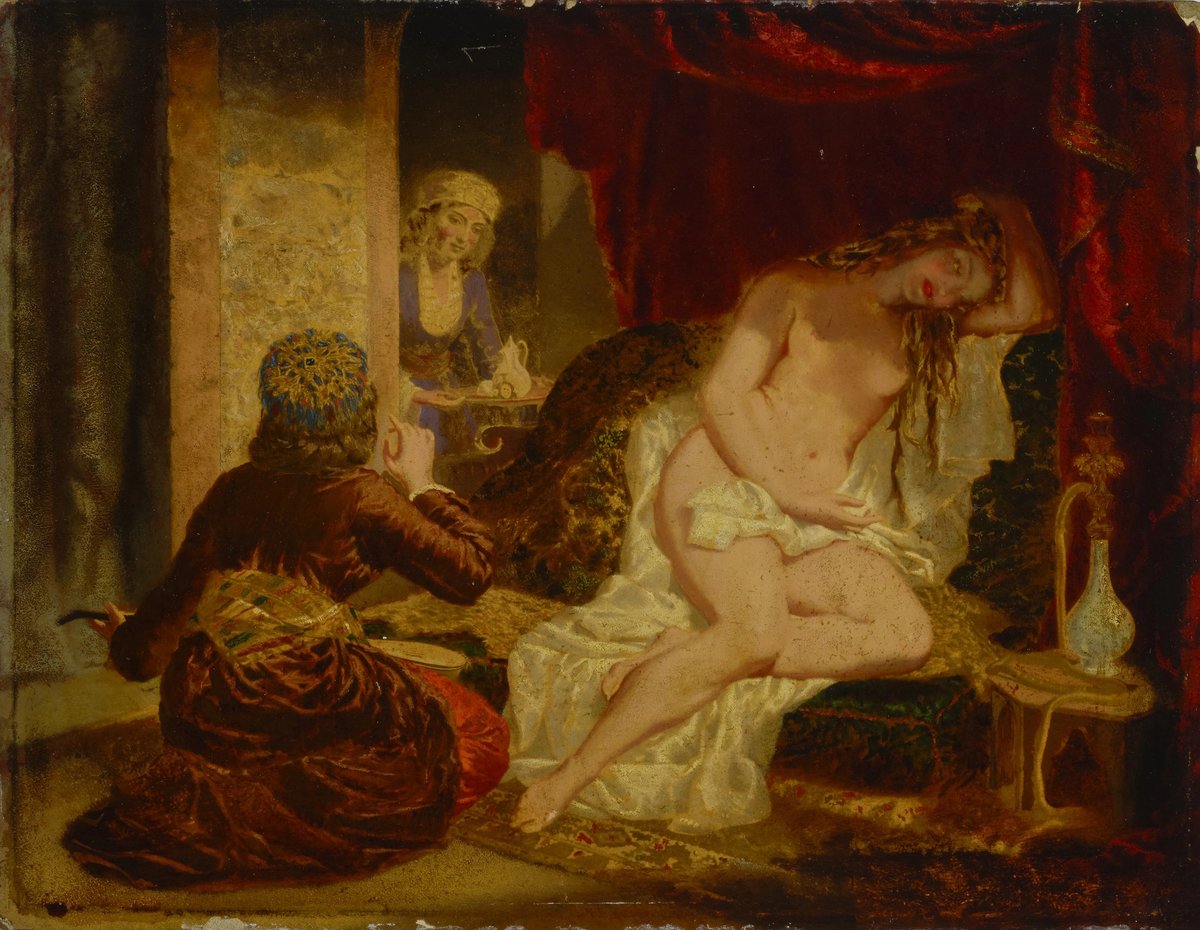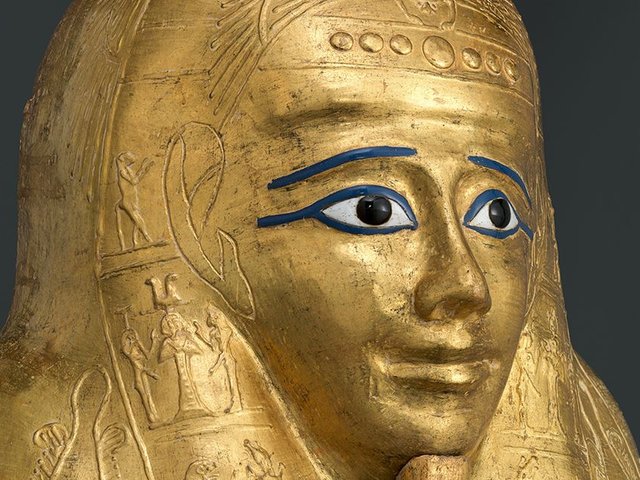When we talk about preserving and digitising cultural heritage, most people picture the art and objects that make up a museum’s collections. Certainly, these works are vital signifiers of both our past and future, but just as important are the troves of data associated with each object. When you visit a museum or browse art online, the small details in the caption—artist, title, origin—might seem like simple record-keeping, but those words shape what you see, how you interpret an object, and which histories are visible (or hidden). Metadata is not just a label—it is a record of how our understanding of art and culture evolves over time.
I work at Curationist, a free online tool that provides access to millions of digital images of art and artefacts from around the world. One of our major projects is adding to the metadata of the object images provided by our partner museums.
Museums can now make art and culture more accessible than ever before, but how can we make sure that we use that platform meaningfully? A critical look at the metadata that accompanies digitised art and artefacts must be part of every digital preservation strategy; every time you search for art or history online, metadata determines what you find—and just as importantly, what you do not. As artificial intelligence (AI) programs and search engines increasingly shape how we access cultural knowledge, the way that museums structure metadata has a direct impact on whose stories get told and how history is remembered.
At Curationist, we have seen firsthand how metadata directly affects the accessibility of cultural heritage, and we know how big a task it is to engage with millions of records, but the benefits of this review are too important to ignore.
Metadata itself is a cultural production as significant as the art and objects it accompanies; it is a historical record of both the object and the object’s (and our world’s) shifting meanings. It is a record of what, when, where, why and by whom something was created, but each piece of metadata is also evidence of what archivists and curators at the time interpreted as its significance—including the racial and gender biases and other preconceptions that influenced how the work of art, its creator and its originating culture were understood. Given how many objects from global cultures ended up in Western museums, we must acknowledge how limited the perspectives were that contributed to these records.
Adding new, additional metadata can provide valuable missing information to the context of an object with perspectives that were not previously available—or were intentionally excluded—when it was originally accessioned. Curationist learned this quickly when Miner Kilbourne Kellogg’s painting Oriental Princess after the Bath (around 1866) appeared in our database. Held and made available digitally by the Smithsonian American Art Museum in Washington, DC, Kellogg’s painting is a voyeuristic view of an East Indian woman in an intimate, nude setting—a depiction rife with patriarchal and colonialist power dynamics.
Although the original metadata attached to the record makes some gesture towards those dynamics (with subject tags like “figure female—nude”, “domestic” and “nudity”), our archivist team knew that the biases at play in the painting could be made clearer. We added the metadata tags for “male gaze”, “voyeurism” and “exoticism” to make these latent themes more obvious to contemporary audiences, as well as explanatory information in an additional description: “The depiction of people of Asian and Middle Eastern descent in this work is outdated and offensive. While this language is represented as originally written for historical and research purposes, the reductive worldview it represents was harmful then and is harmful now.” The goal with these additions is not to retract the worldview that the painting demonstrates, even through harmful language, but to contextualise it with the learnings and cultural empathy that the world has gained since its creation.
If replicated uncritically, the latent biases in metadata records are allowed to proliferate via new technologies
A major pillar of online access
More than just static text accompanying the images of art and artefacts, metadata is a major pillar of online access. If replicated uncritically, the latent biases in metadata records are allowed to proliferate via new technologies; it will train new AI programs on the history of art and culture, carrying these biases into the future. Therefore, incomplete or inaccurate metadata does not remain solely with its original object. With these new advancements, it moves throughout the ecosystem of knowledge faster than ever before.
The practice of updating and augmenting historical metadata with new research lifts the original art and artefacts up in significant ways. These additions inevitably bring the object into a contemporary context, demonstrating the way a work’s cultural significance has changed over time, and the addition of these new records helps make the digitised object more findable across a wider range of searches.
Most exciting, new metadata additions to cultural-heritage objects help Indigenous knowledge achieve a level of parity with major museums and archives. As conversations around authority and expertise, repatriation and preservation, are negotiated throughout the museum world, metadata offers a place to reflect our new field-wide commitments to Indigenous sovereignty. Although there is no replacement for the material repatriation and decolonisation of museum spaces, at the metadata level, the expertise of originating cultures can sit alongside the information from institutional curators and archivists and receive equal priority in understanding and interpreting works of art—whether by human audiences or technology.
When we consider metadata as secondary to the objects and art it accompanies, we overlook a consequential source of information around the significance and historical context of cultural heritage. As digital access becomes more important to the life of these works, engaging critically with metadata becomes non-negotiable. By updating metadata with insights from subject-matter experts and the communities these objects come from, we do not just improve records—we help reclaim and restore their history.






